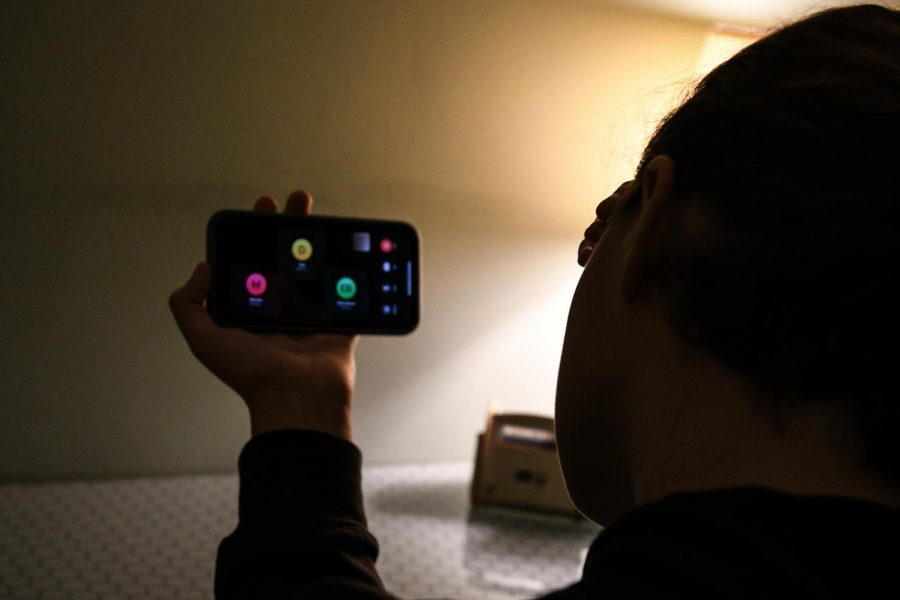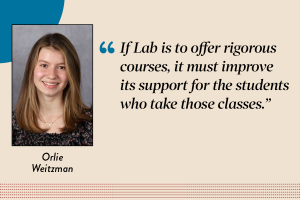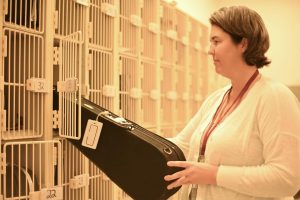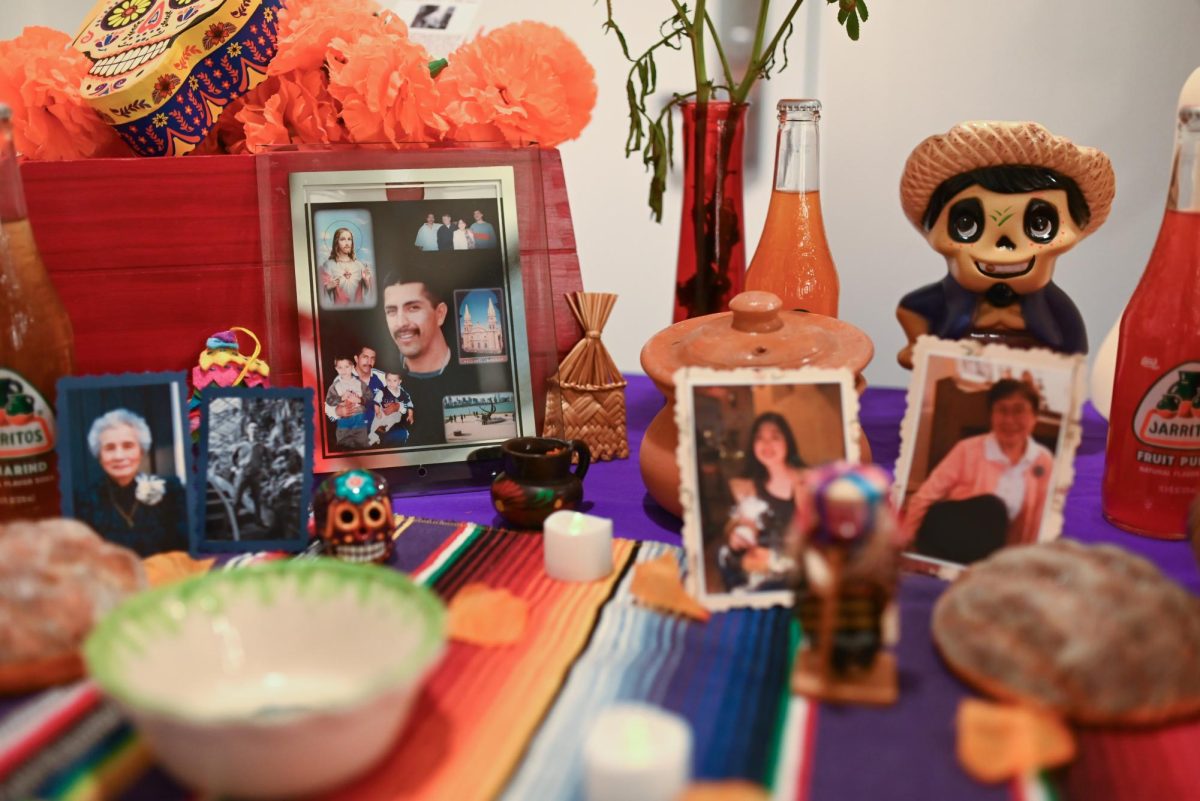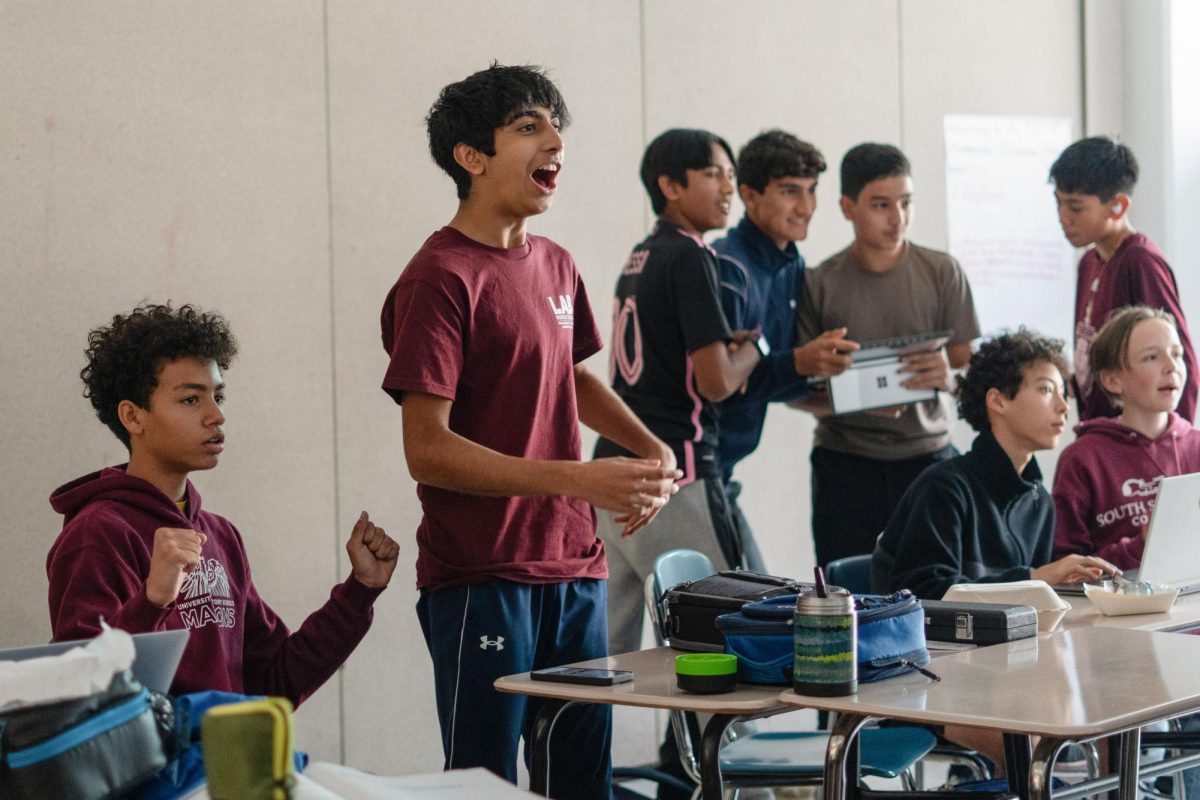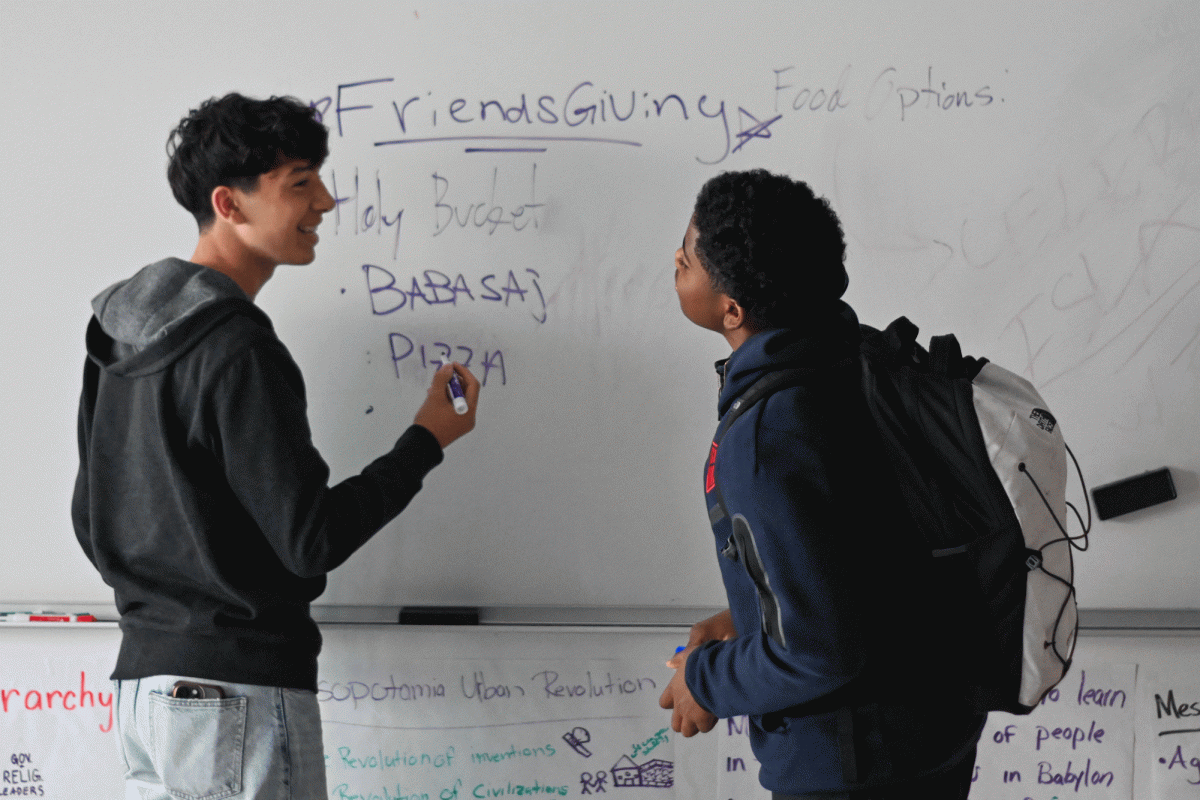Students navigate social distancing and isolation
As the pandemic has continued, students have faced new challenges navigating social interactions, leading some students to relax their diligence about getting infected with the coronavirus. Some have completely avoided in-person socialization, while others formed small pods, where members reduce risk by committing to interactions only with a limited group.
December 10, 2020
On March 20, at the outset of the pandemic, Gov. J.B. Pritzker announced a stay-at-home order. Illinois reported just 163 COVID-19 cases, according to the Illinois Department of Public Health. After nine months of spikes, plateaus and dips, the pandemic has raged again. The amount of cases reported on Nov. 20, the day Illinois retreated to tier three of its COVID-19 response, 13,012.
As the pandemic has continued, students have faced new challenges navigating social interactions, leading some students to relax their diligence about getting infected with the coronavirus. Some have completely avoided in-person socialization, while others formed small pods, where members reduce risk by committing to interactions only with a limited group.
Some people have chosen to eschew even potentially risky social interactions for fear of infecting family members. Rachel Scruby, a senior, lives with three high-risk individuals, and has had to go months without any of the in-person social interaction that would have been considered normal prior to the pandemic.
“I have done some stuff outside, but we’ve been extremely careful — wearing masks and staying really far apart,” Rachel said. “We keep saying we’ll start doing things more normally, but then the cases keep getting worse.”
Charlie Brennan, also a senior, has formed a pod with three other friends, and has participated in outdoor activities with larger groups like a running group. As the pandemic has progressed, Charlie has become more comfortable with in-person socializing.
“At the beginning, I was militant. I didn’t see people, I didn’t see my relatives, and I was just really concerned with the virus,” Charlie said.
But as time wore on, isolation became a problem.
“You become a little bit desperate,” Charlie said. “It gets lonely.”
According to clinical psychiatrist Dr. Christine Sterkel, Charlie’s experience was not an isolated case.
In the past three months, Dr. Sterkel, who specializes psychiatry and psychoanalysis with adolescents and young adults, has had her phone constantly ringing. She isn’t surprised why.
“A pandemic goes against developmental strivings for most high school students,” Dr. Sterkel said in an interview with the Midway. “Not being able to experience the intimate experiences — the hallway, the locker room, the lunch room — the places where kids witness the same experience and then comment on it to each other, it’s very very hard to be at sea in the way that COVID has made a lot of young adults feel.”
While Charlie and Rachel initially attempted to emulate those experiences, as the pandemic wore on and the screen time increased, it became unrealistic.
“Over the summer, I did more Netflix Parties and Zooms fairly regularly, but since the school year started, my friends and I just don’t wanna spend another three hours in front of a screen all the time, even if it is being social,” Rachel said. “I talk on the phone a lot, but it really isn’t the same.”
Charlie agrees with the growing discomfort with video chats.
“FaceTime relationships are very much hard to keep up. People are really tired of being on any video conferencing platform since we have school all day,” Charlie said. “It also serves as a reminder of the distance, and not of closeness. It’s a little bittersweet to see people I haven’t seen in forever through a screen.”
Dr. Sterkel said that in order to maintain even a slight sense of social normalcy, it is vital to conduct small, outdoor, socially distant gatherings with masks. However, as the weather continues to cool and gatherings are forced to move indoors, the public health risk of COVID-19 infection is simply too great.
“People might be thinking ‘I don’t want to compromise that right of mine, I deserve to have my senior year, or I deserve to have my freedom now that I’m in high school,’” Dr. Sterkel said. “It’s not about what you deserve, it’s about what’s safe for you and the community of people you live in. Perhaps those individuals don’t have as broad-minded a perspective about the impact of what an action or decision now might have in the future on the people they interact with.”



